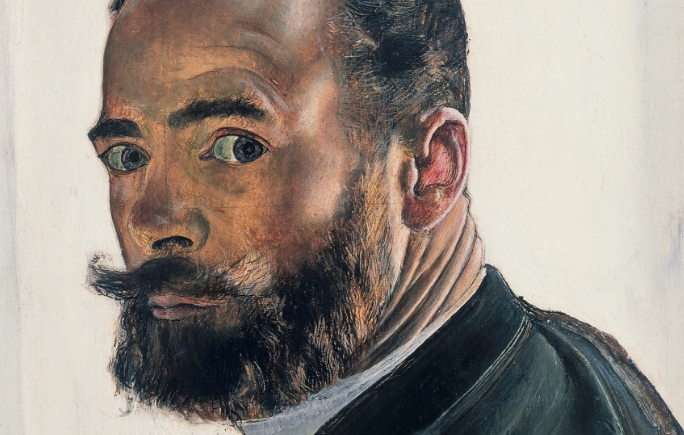Self-expression in Art
Artist Ferdinand Hodler’s self-portrait is a powerful example of self-expression in art. In this portrait, Hodler delves deep into his own psyche to create a striking and emotional depiction of himself.
The Power of Color
One of the most striking aspects of Hodler’s self-portrait is his use of color. The warm, vibrant tones he uses convey a sense of passion and intensity, while the cool blues and purples create a feeling of depth and complexity.
Emotional Depth
Through his use of color, texture, and composition, Hodler is able to convey a deep sense of emotion in his self-portrait. His intense gaze and confident posture suggest a sense of self-assurance and strength, while the subtle hints of vulnerability in his expression hint at a more complex inner world.
Symbolism and Meaning
Hodler’s self-portrait is also rich in symbolism and meaning. The background of the portrait, with its swirling patterns and muted tones, suggests a sense of chaos and uncertainty, while the sharp lines and bold colors of his figure hint at a strong sense of self-awareness and determination.
Exploring the Depths of the Self
By creating this powerful self-portrait, Ferdinand Hodler invites viewers to explore the depths of their own selves. Through his use of color, composition, and symbolism, he challenges us to consider our own emotions, vulnerabilities, and strengths, and to embrace the complexities of our inner worlds.
In conclusion, Ferdinand Hodler’s self-portrait is a powerful exploration of self-expression in art. Through his use of color, emotion, and symbolism, he invites viewers to delve deep into their own psyches and explore the complexities of the self.



